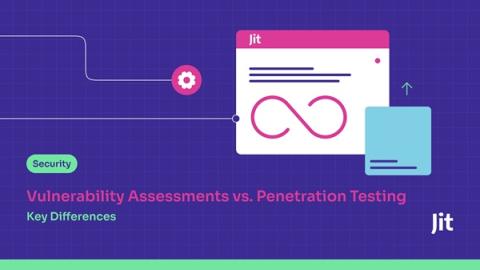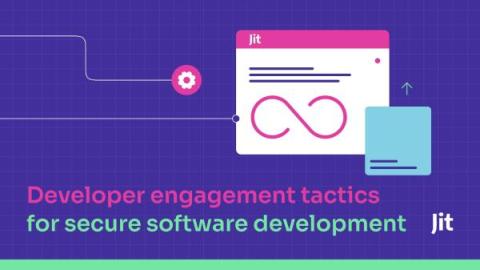From DSOMM Theory to Practical Enforcement: A DevSecOps Journey
At Jit, we have often spoken about different security frameworks and standards, and how they apply to practical security. One of the aspects we like to look at closely when exploring security frameworks, is the way in which engineering teams can take these good practices and apply them to their day-to-day engineering work. Essentially, how to codify or operationalize these practices.











